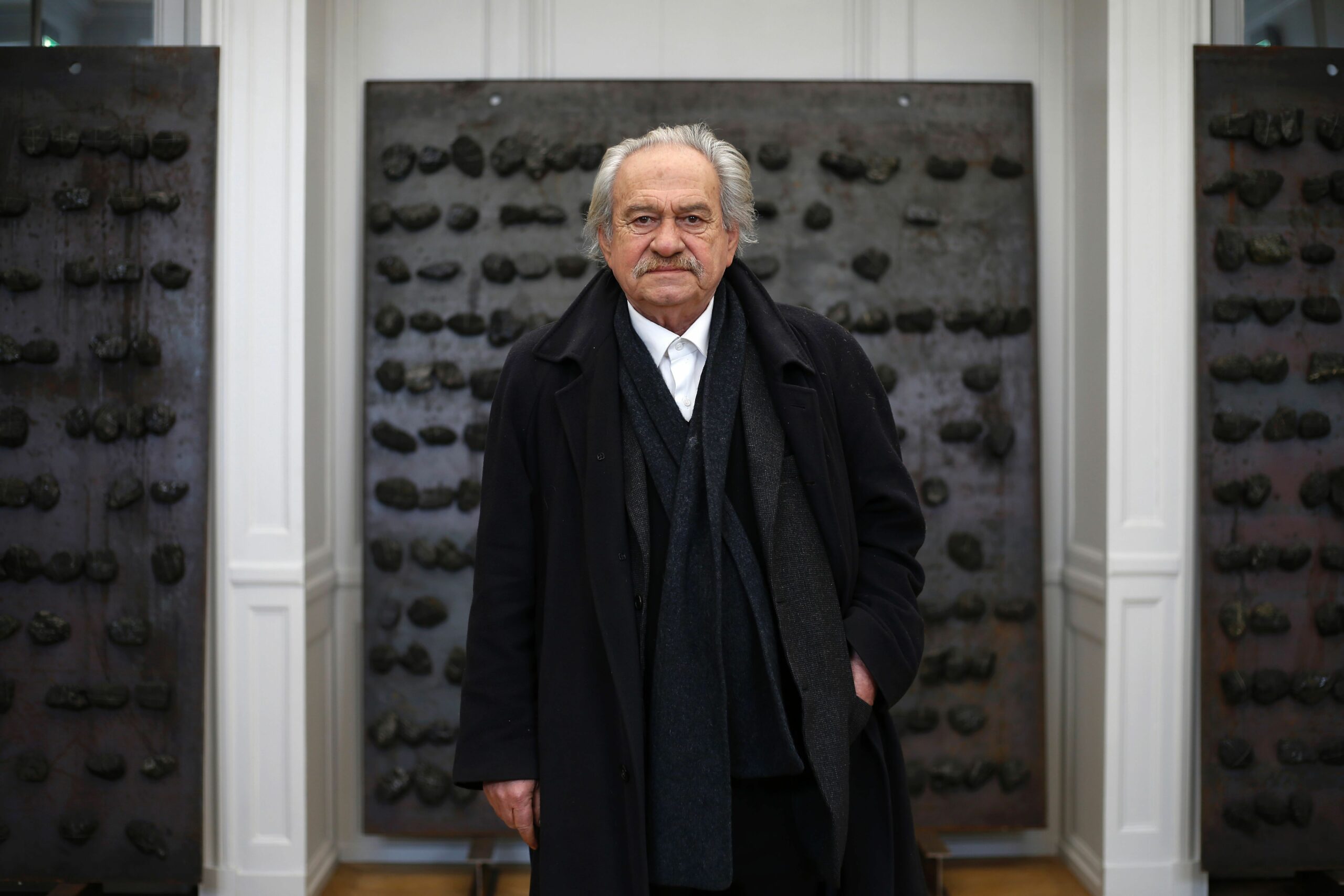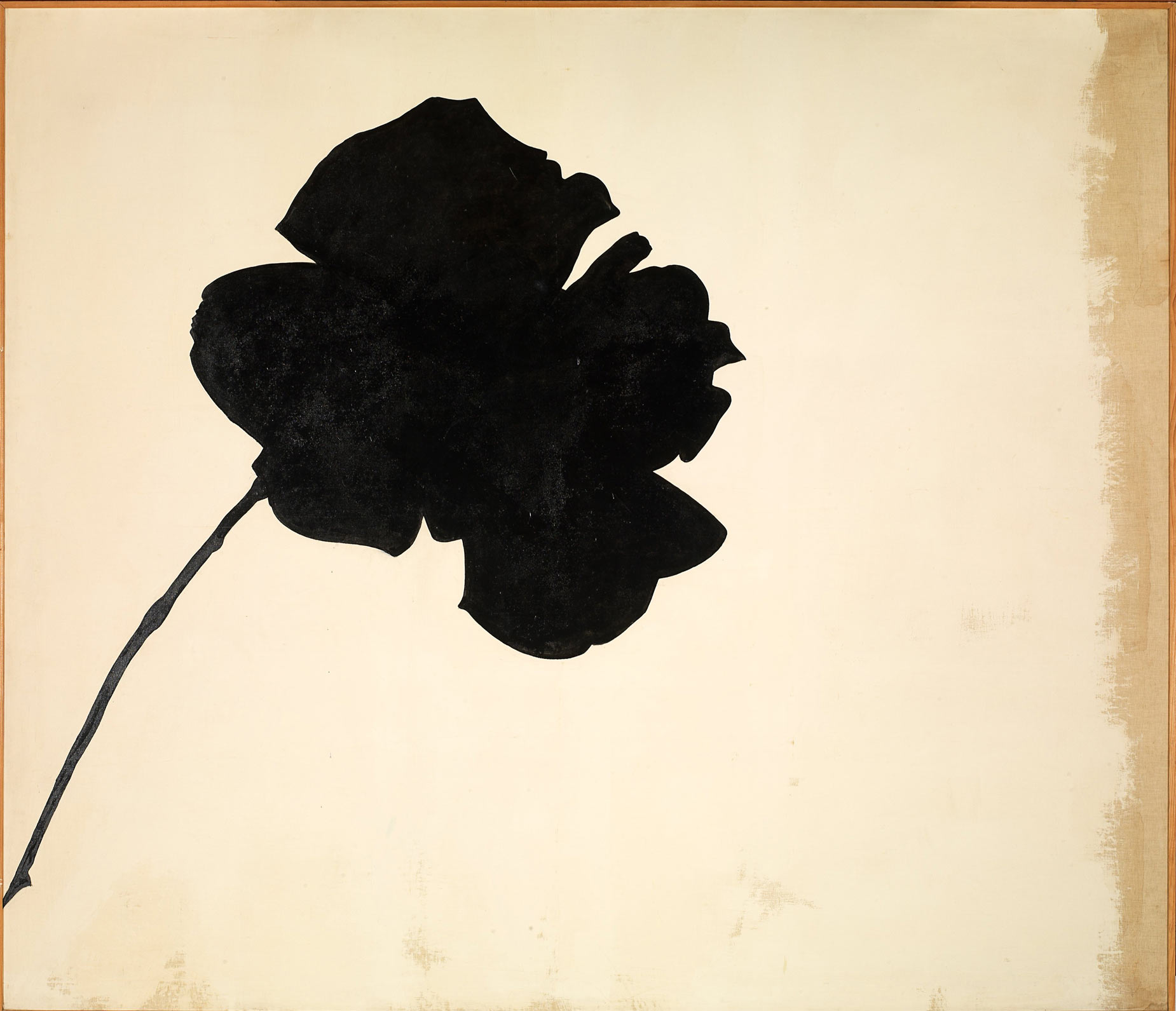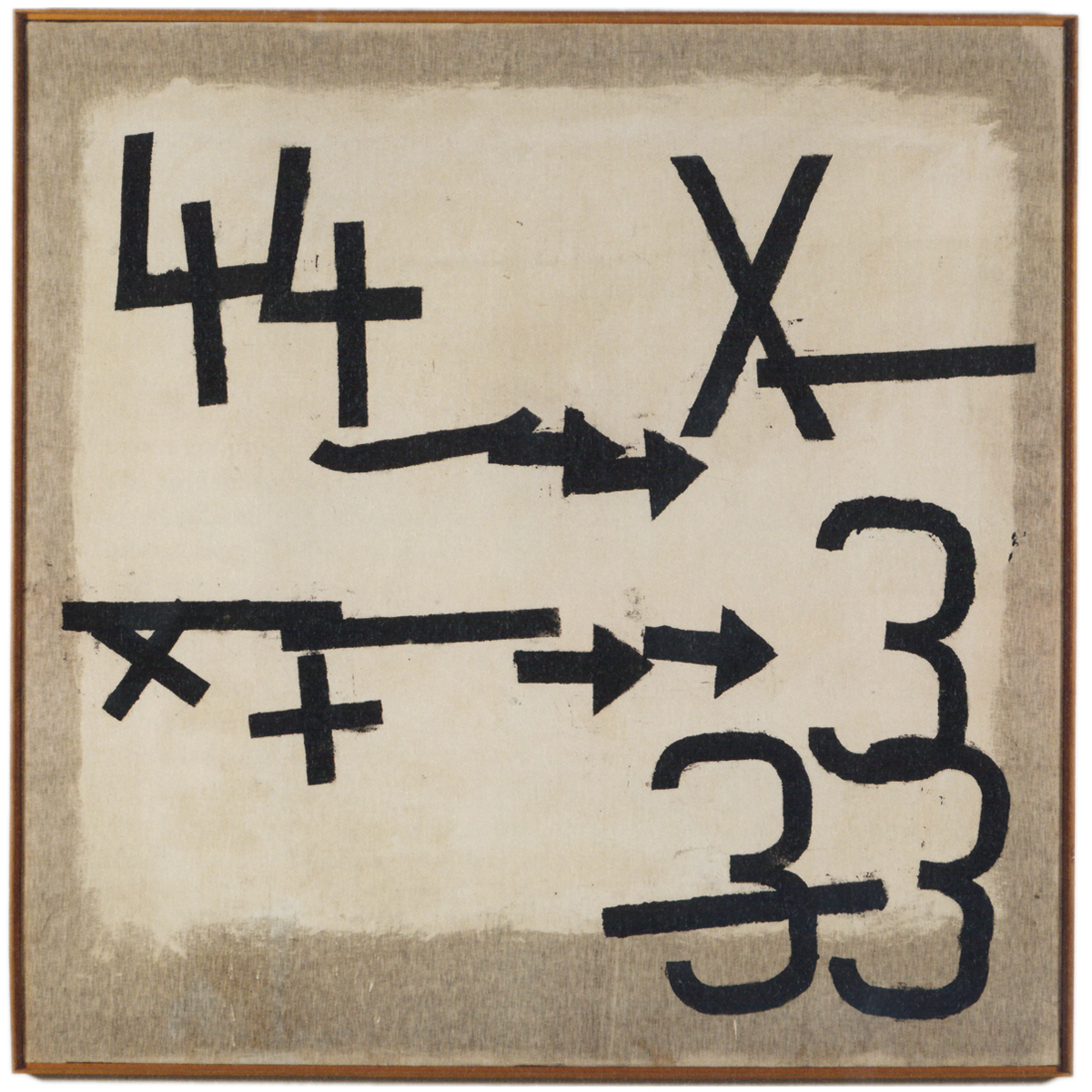
Have you ever heard of Jannis Kounellis, his poetic works and his crucial role in Arte Povera?
Originally from Piraeus, Greece, in 1936, Kounellis moved to Italy in the 1950s, establishing himself as a key figure in the international art scene until his passing in 2017, in Rome.
A pioneer of a movement that sought to redefine visual language through the use of unconventional materials, Kounellis’ life is marked by the fact that he left an indelible imprint on contemporary art. This post aims to explore the life of Jannis Kounellis, highlighting how his artistic practice has interrogated and transformed the perception of art.
Who was Jannis Kounellis

Already as a student at the Academy of Fine Arts in Rome, Kounellis was distinguished by a tendency toward experimentation, with his first exhibitions featuring large monochromatic canvases marked by elementary symbols such as letters and numbers, heralding his aspiration to transcend the conventions of ‘informal’ art.
This period marks the beginning of an artistic journey focused on the search for a new visual vocabulary.
THE INSTALLATIONS OF JANNIS KOUNELLIS
A metà degli anni ’60, Kounellis amplia il suo campo d’azione creando le prime installazioni.
Queste opere, caratterizzate da una forte carica lirica, coinvolgono lo spettatore in un’esperienza immersiva, riflettendo sulla frammentazione e sull’alienazione tipiche della società moderna.
La sua abilità nel creare spazi densi di significato evidenzia la transizione da una pratica artistica personale a una più collettiva e socialmente impegnata.
Nel corso della sua carriera, Kounellis ha rifiutato di limitarsi a un singolo stile, preferendo invece un approccio che valorizza il ruolo pubblico e collettivo dell’arte. Utilizzando materiali quotidiani, elementi naturali e industriali, e talvolta organismi viventi, come dimostrato dalla sua celebre installazione con dodici cavalli vivi nel 1969, ha esplorato la tensione tra cultura arcaica e modernità, suggerendo una critica alla perdita di unità e sintesi nella contemporaneità.
Riconosciuto come uno dei più influenti artisti del suo tempo, Kounellis ha partecipato a numerose mostre internazionali, lasciando un segno indelebile sulle generazioni successive.
Le sue opere, esposte in sedi prestigiose in tutto il mondo, da Venezia a Berlino, da Parigi a Buenos Aires, senza dimenticare le sue opere esposte al Museo del Novecento di Milano, testimoniano la vastità e la profondità del suo contributo all’arte contemporanea.
LO STILE DI JANNIS KOUNELLIS
In the mid-1960s, Kounellis broadened his scope by creating his first installations.
These lyrically charged works engage the viewer in an immersive experience, reflecting on the fragmentation and alienation typical of modern society.
His ability to create spaces dense with meaning highlights his transition from a personal art practice to a more collective and socially engaged one.
Throughout his career, Kounellis has refused to limit himself to a single style, preferring instead an approach that enhances the public and collective role of art. Using everyday materials, natural and industrial elements, and sometimes living organisms, as evidenced by his famous installation with twelve live horses in 1969, he has explored the tension between archaic culture and modernity, suggesting a critique of the loss of unity and synthesis in the contemporary world.
Recognized as one of the most influential artists of his time, Kounellis has participated in numerous international exhibitions, leaving an indelible mark on successive generations.
His works, exhibited in prestigious venues around the world, from Venice to Berlin, from Paris to Buenos Aires, not to mention his works on display at the Museo del Novecento in Milan, testify to the breadth and depth of his contribution to contemporary art.
POETRY IN THE WORKS OF KOUNELLIS
Kounellis’ art has been described as oracular and mysterious, a fusion of hermeticism and eloquence, capable of touching deep chords in the human soul.
His ability to evoke poetic images through the use of simple materials opens up a reflection on the human condition, offering the viewer a unique and deeply moving experience.

The life of Jannis Kounellis and his works represent a fundamental chapter in the history of contemporary art, a bridge between past and present that continues to influence and inspire.
Through his exploration of materials and forms, Kounellis has invited critical reflection.

